by Matt Lollar | Aug 1, 2017
I encountered pickleweed (Salicornia sp.) on a recent trip to Utah. I first noticed the plant growing in the bank of a pond at a salt factory. A sample was pulled for further investigation and it was determined to be some type of pickleweed. Pickleweed also happens to be a common name for a plant that grows here in Florida. The scientific name of the pickleweed found in Florida is Batis maritima. This article will focus on the pickleweed found in Utah.
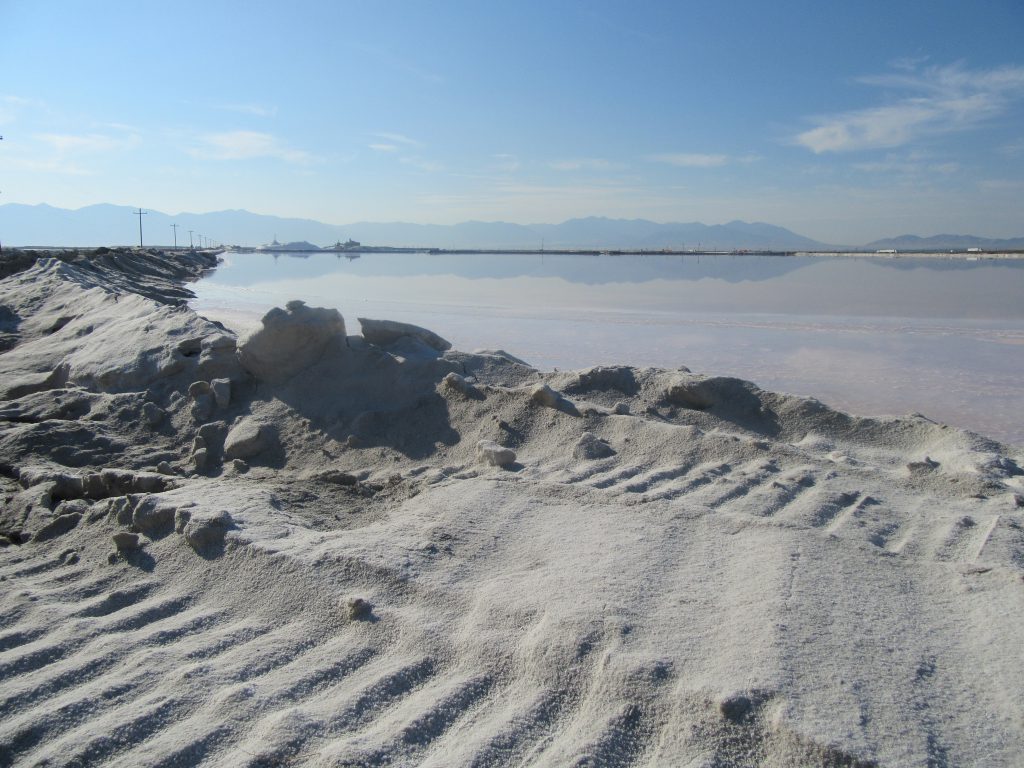
A salt factory in Utah. Photo Credit: University of Florida/IFAS Extension.
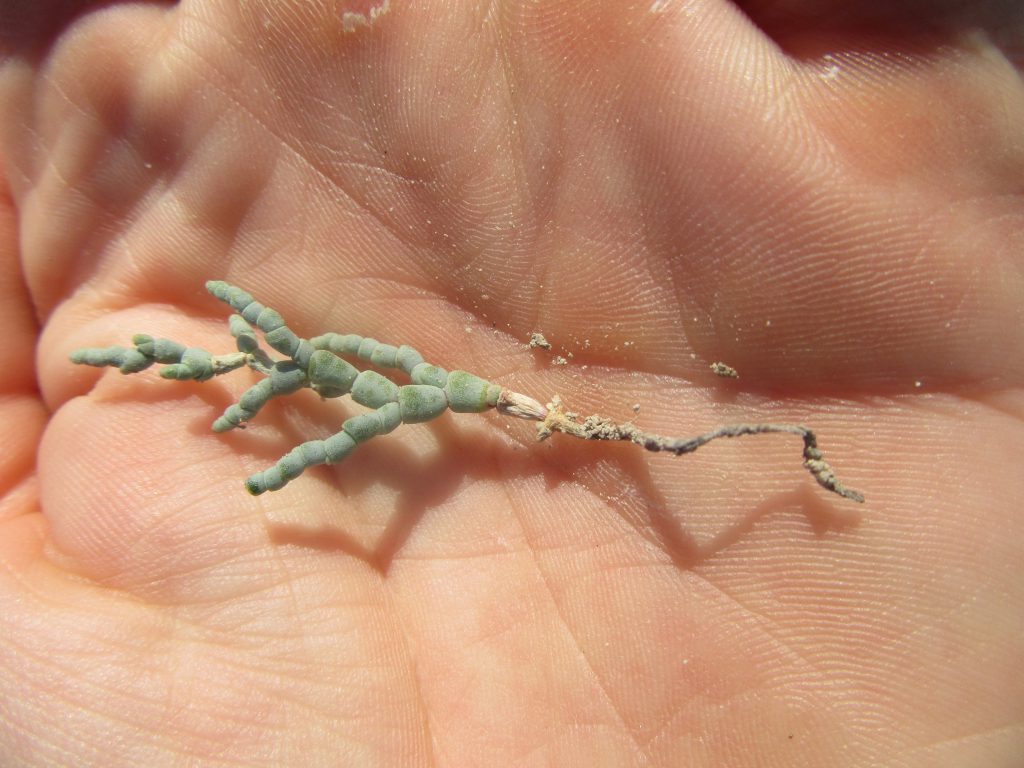
A pickleweed pulled out of a pile of salt. Photo Credit: University of Florida/IFAS Extension.
As you might have guessed, pickleweed is a salt loving (halophylic) plant. It is a member of the plant family Amaranthaceae (previously Chenopodiaceae), which also includes Russian thistle (Salsola iberica) a.k.a. tumbleweed. You won’t be happy to know that Russian thistle has found its way to our beautiful Florida beaches and is spreading. At first look, pickleweed seems to have no leaves, but its central stem is surrounded by succulent, salt storing leaf tissue. It is often spoken of as the “cactus” of the Great Salt Lake since it has no visible leaves and only a smooth green stem.
Pickleweed can be found growing in both coastal and interior portions of the United States. The variety growing around the Great Salt Lake is different from the coastal varieties due to its adaptation to this extremely salty environment. The Great Salt Lake has a salt content of about 30% whereas the Gulf of Mexico has a salt content of around 3%.
Pickleweed can also be found growing in the western landscape adjacent to the Great Salt Lake. These areas contain an interesting type of soil made up of ooids. Ooids are brine shrimp feces coated with layers of aragonite (a form of calcium carbonate CaCO3). Ooids can also be found on the east coast of Florida.
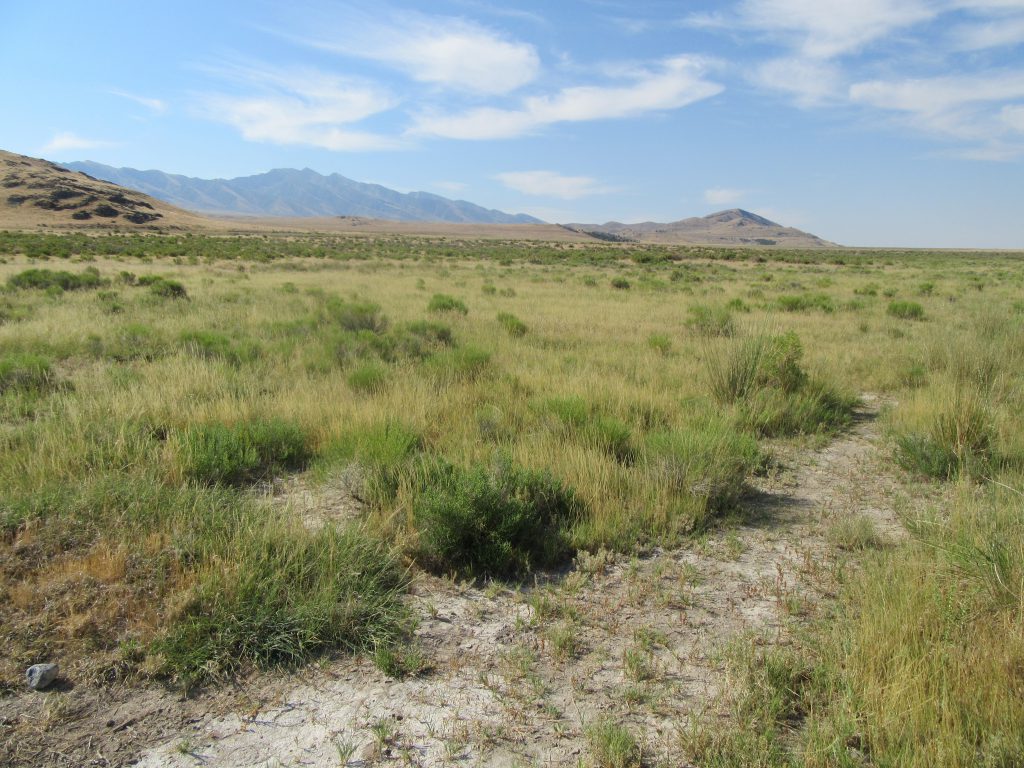
Pickleweed and other plant species growing in the Utah landscape near Timpie Springs. Photo Credit: University of Florida/IFAS Extension.
Although you probably won’t find pickleweed (Salicornia sp.) growing in a typical Florida Panhandle landscape, you might want to give it a try in your container garden or kitchen window. As you can see in the pictures, this plant likes to be neglected. It is difficult to grow at home. It needs a good amount of nitrogen and water. And it may benefit from periodic additions of table salt (sodium chloride). It needs to be in an area that receives 6 to 8 hours of sunlight per day. Seed and cuttings will be hard to come by. You will most likely have to take a trip to Utah to find a source.
Interestingly enough, some cultures use this plant as a vegetable/herb. You will need to conduct some more research if you wish to cook with pickleweed and remember to lay off the salt!
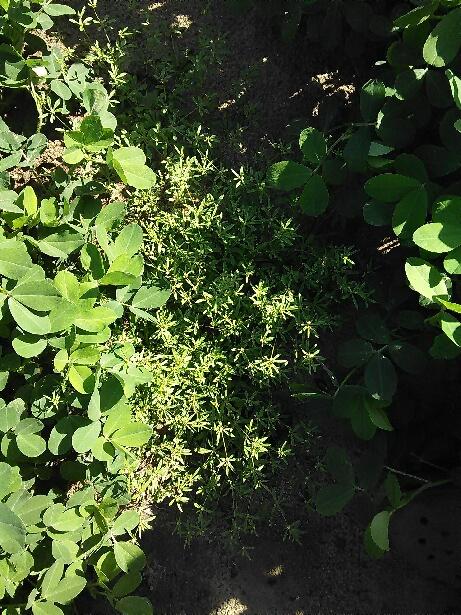
by Mark Tancig | Jul 5, 2016

When you don’t know what’s ailing your plant, ask an expert.
Many gardeners get stumped when a favorite plant of theirs comes down with a strange “something”. Many of these gardeners know about UF/IFAS Extension and call their local horticulture and agriculture agents for assistance in figuring out what’s going on. However, even these experts are often stumped by what they see. Fortunately, the agents have another layer of experts to fall back on. In addition to the resources in Gainesville, we have the Plant Disease Diagnostic Clinic, located at the North Florida Research Center in Quincy. Plant pathologists here can help determine what fungus, bacteria, virus, or viroid may be the problem.
Plant pathologists are basically plant doctors. They use all sorts of sophisticated techniques to determine what is the cause of a particular plant problem, from growing out fungal spores to examining DNA. Not only do these plant doctors tell us what the ailment is, they also provide recommended cures, or control options. They are also doing research to prevent different diseases from taking hold in our area and reduce the impact on our local growers.

Plant pathologist at work!
At a recent workshop in Quincy, we learned that plant pathology researchers are working on a fungus that affects watermelons, virus and bacteria that can wipe out a farmer’s tomato crop, and a virus that could impact our local roses. Working as a team of scientists, they study these pathogens in the lab and conduct controlled field experiments to figure out which techniques are most effective. Some of this research is leading to different methods and/or products that can help growers and gardeners alike keep their fields and landscapes healthy.
So, if your plants have problems, please contact your local Extension Office. If they don’t know the answer, then the network of scientists, including plant pathologists, in the UF/IFAS Extension family can be called on for backup to provide you with the best possible answer.
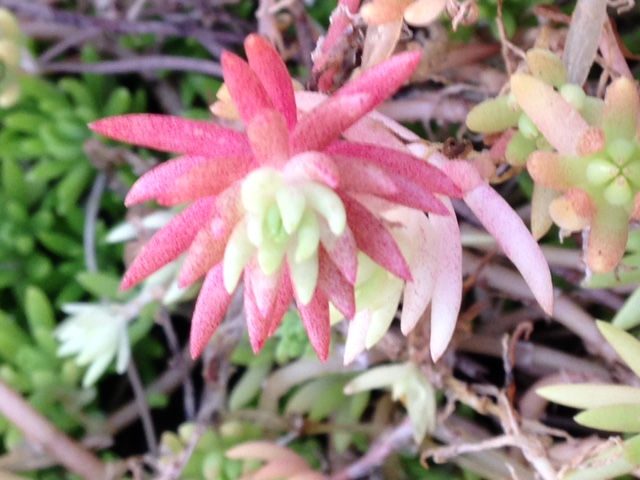
by Julie McConnell | Dec 30, 2015
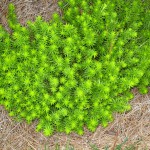 Sedum rupestre ‘Angelina’ is an evergreen perennial that adds some pizazz to winter landscapes. This low growing plant performs well in sunny, well-drained spots in the landscape but will also tolerate some shade. In the summer, the foliage is a brilliant chartreuse but after a few cold snaps it takes on a coppery bronze tinge that brightens up winter landscapes.
Sedum rupestre ‘Angelina’ is an evergreen perennial that adds some pizazz to winter landscapes. This low growing plant performs well in sunny, well-drained spots in the landscape but will also tolerate some shade. In the summer, the foliage is a brilliant chartreuse but after a few cold snaps it takes on a coppery bronze tinge that brightens up winter landscapes.
Angelina sedum is an easy to grow groundcover that contrasts nicely with deep greens, burgundy, or black foliage. It grows well along the ground or in containers where it may drape down the sides. It roots where the stems touch the ground, but is not aggressive and can be easily divided and transplanted into new garden sites or shared with friends.
Small, delicate yellow flowers appear in the late spring or early summer but the plants are mostly grown for foliage texture and color.
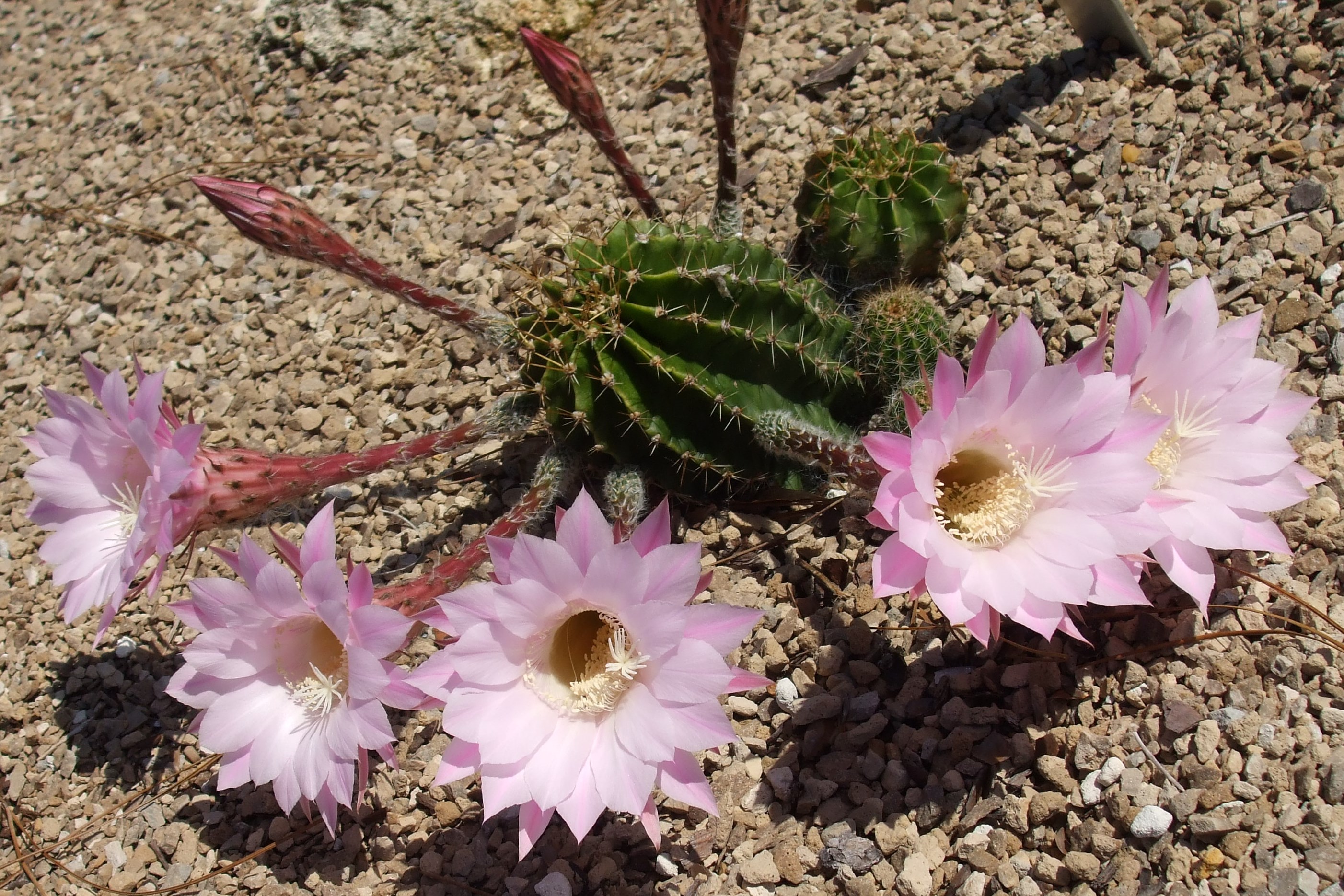
by Gary Knox | May 26, 2015
Summer is here, along with its heat, humidity, drought and stress! One easy way to garden during summer is to use succulents and other drought adapted plants.
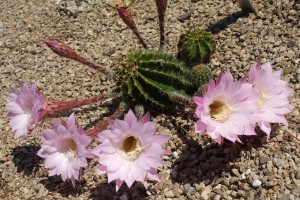
The sea urchin cactus (Echinopsis spp.) produces large, stunning flowers.
Succulents are heat-adapted, water-efficient plants often associated with deserts and dunes. Usually succulents have thick leaves or stems that store water. A cactus is a familiar type of succulent, as are agave, aloe, yucca as well as bromeliads like dyckia. Other dry-adapted plants can retreat into bulbs, rhizomes or other thick plant parts to go dormant until rains resume. A few other strategies used by plants to save water include: waxy or hairy coverings to reduce water loss; extensive root systems to absorb water; and silver- or blue-colored leaves and stems to reflect light and reduce heat.
Succulents’ tough qualities make them well-adapted to the harsh conditions of urban living amid concrete, brick, asphalt and other “hardscapes”. This adaptability translates into low maintenance since they need little or no irrigation, fertilization, pruning or spraying. Do you like container gardens? Succulents are almost the perfect container plant, because they hardly ever need watering!
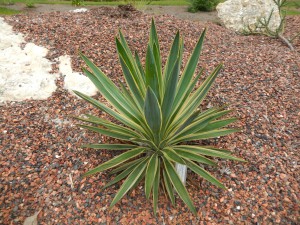
The American century plant (Agave americana) is a large growing succulent with silver-grey leaves.
Above and beyond their toughness, succulents capture our imaginations because they are often dramatic, dangerous and slightly unpredictable. Drama stems from the architectural forms of many thick-leaved plants like agave. Danger arises from the thorns and spines of plants like cactus. Unpredictability results from bulbs and perennials that can quickly explode into flower, and then disappear just as suddenly. Often succulents have outrageous flowers with wild, bold colors and strange shapes!
While many succulents are native to deserts, others are Florida natives where they can be found in coastal dunes or in areas with sandy soils that have little water-holding capacity. For example, many native yuccas are excellent succulents for use in dry gardens or in containers.
For best growth and appearance, most succulents require well-drained soil and full sun (at least 6 hours of direct sunlight per day). Succulents are ideal plants for garden beds near roads, sidewalks, driveways and south-facing walls because they tolerate limited soil moisture, higher soil pH and reflected heat and light usually associated with these areas. On the other hand, try to avoid planting succulents in shady areas, wet areas, low areas that collect water and areas with heavy soils.
Summer gardening is easy with succulents!
For more information:
Agave and Yucca: Tough Plants for Tough Times











